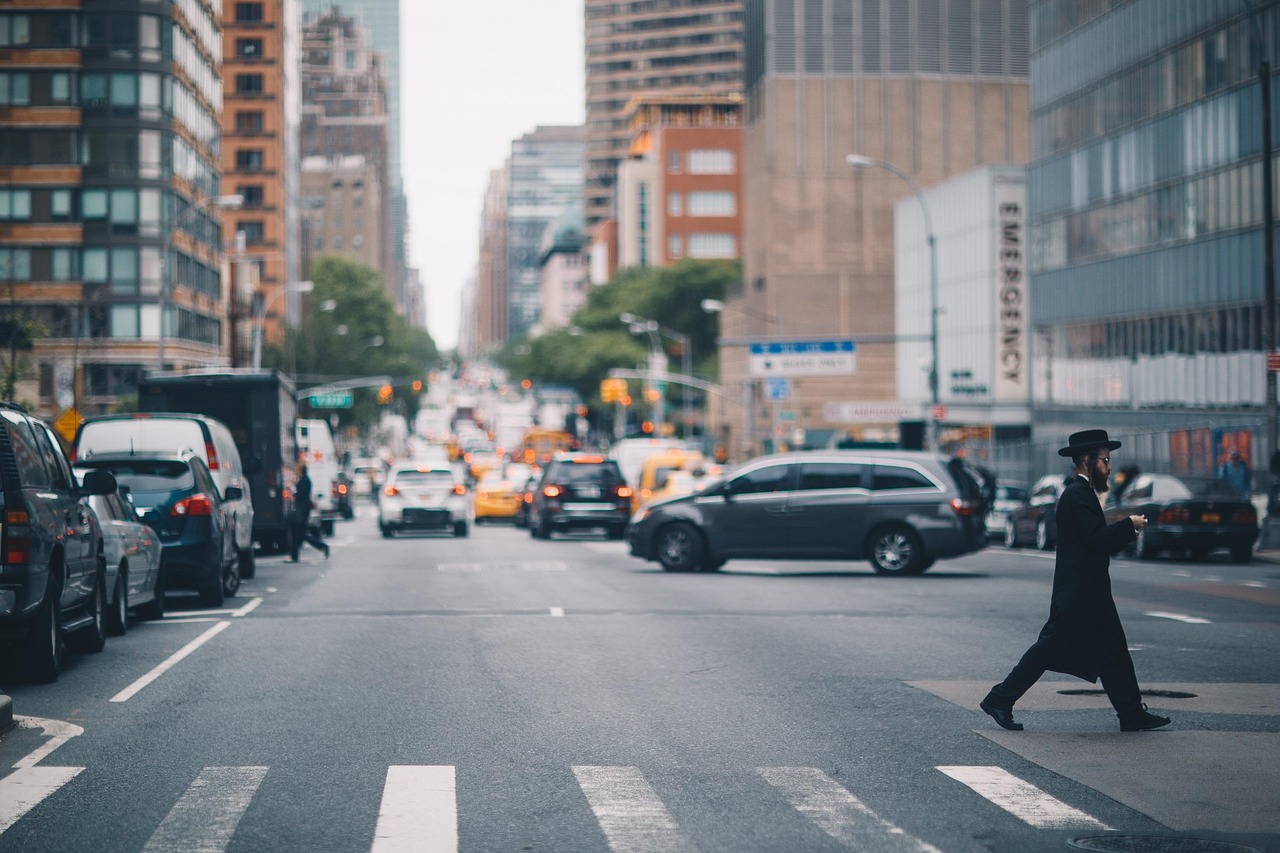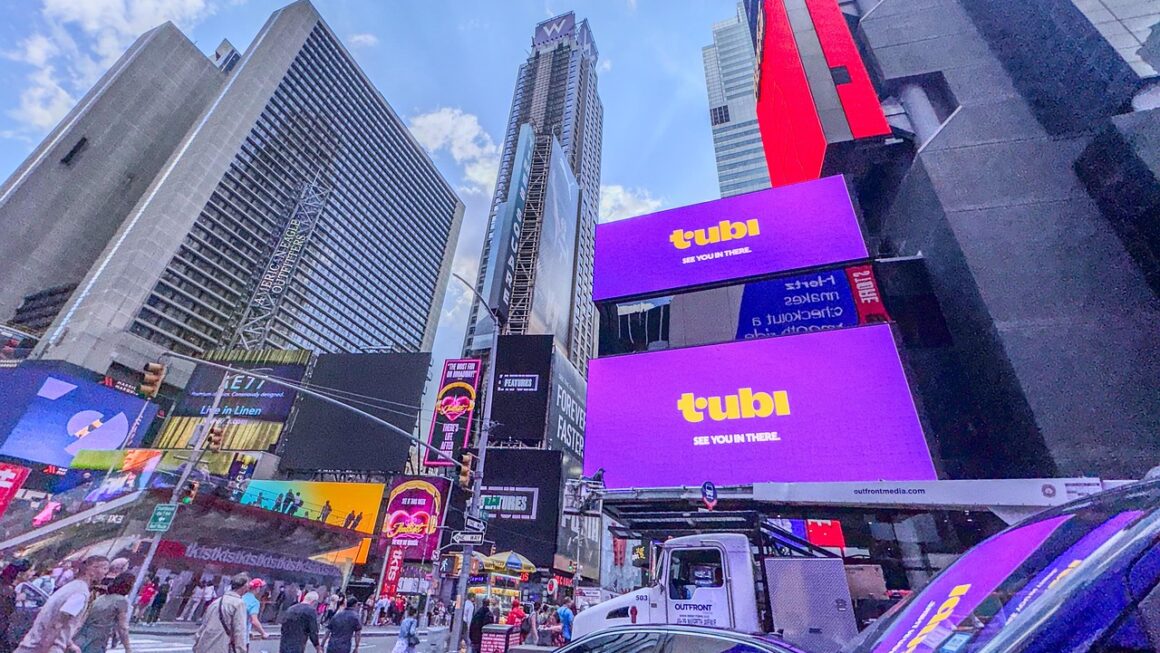India, the world’s largest democracy, presents a fascinating tapestry of political ideologies, parties, and movements. Navigating this complex landscape requires understanding its historical roots, current dynamics, and future trajectories. This blog post delves into the intricacies of Indian politics, providing insights into its key players, challenges, and opportunities. Whether you’re a student, a researcher, or simply interested in understanding the world’s most vibrant democracy, this guide will provide a comprehensive overview.
Historical Context of Indian Politics
Pre-Independence Era: Seeds of Modern Politics
The foundations of modern Indian politics were laid during the British colonial period. Nationalist movements, initially advocating for reforms within the existing system, gradually evolved into demands for complete independence. Key events and figures shaped this era:
- The Indian National Congress (INC): Founded in 1885, it initially served as a platform for dialogue with the British but later spearheaded the independence movement under leaders like Mahatma Gandhi, Jawaharlal Nehru, and Sardar Vallabhbhai Patel.
- The Muslim League: Established in 1906, it advocated for the rights of Muslims and eventually demanded a separate nation, leading to the partition of India and the creation of Pakistan.
- Mahatma Gandhi’s Leadership: His philosophy of non-violent resistance (Satyagraha) played a pivotal role in mobilizing mass support and challenging British rule. Examples include the Salt March and the Quit India Movement.
Understanding this historical backdrop is crucial because the ideals and ideologies of these early movements continue to influence contemporary Indian politics.
Post-Independence Era: Shaping the Nation
Following independence in 1947, India adopted a parliamentary system of government based on universal adult franchise. The initial decades were dominated by the INC, under the leadership of Jawaharlal Nehru. This period saw:
- Socialist Policies: Nehruvian socialism emphasized state-led development, land reforms, and a mixed economy.
- Non-Aligned Movement: India played a leading role in promoting non-alignment during the Cold War.
- Linguistic Reorganization of States: In the 1950s, states were reorganized based on linguistic lines, contributing to national unity and cultural preservation.
The later decades witnessed a gradual decline of the INC’s dominance, the rise of regional parties, and a shift towards economic liberalization in the 1990s.
Key Players in Indian Politics
National Political Parties
Several national political parties significantly shape the Indian political landscape. These include:
- Bharatiya Janata Party (BJP): A right-wing party rooted in Hindu nationalism. Currently the ruling party, led by Prime Minister Narendra Modi. Its key policies include economic reforms, cultural nationalism, and a strong foreign policy. For instance, initiatives like “Make in India” and “Digital India” are flagship programs of the BJP-led government.
- Indian National Congress (INC): The grand old party of India, historically dominant but currently in opposition. Led by the Gandhi family, the INC advocates for secularism, social justice, and inclusive growth.
- Other National Parties: Parties like the Communist Party of India (Marxist) [CPI(M)], Bahujan Samaj Party (BSP), and All India Trinamool Congress (AITC) also hold national presence and influence.
Regional Political Parties
Regional parties play a crucial role, often holding significant sway in state governments and impacting national politics through coalition arrangements. Examples include:
- Dravida Munnetra Kazhagam (DMK) & All India Anna Dravida Munnetra Kazhagam (AIADMK) (Tamil Nadu): These parties dominate Tamil Nadu politics, advocating for Tamil identity and social justice.
- Shiv Sena (Maharashtra): A regional party with a strong base in Maharashtra, known for its Marathi nationalism.
- Biju Janata Dal (BJD) (Odisha): A dominant regional party in Odisha, focusing on development and welfare programs in the state.
The rise of regional parties reflects the diversity of India and the importance of addressing local concerns.
Key Political Figures
Certain political figures wield significant influence due to their leadership, charisma, and political acumen. These include:
- Narendra Modi (BJP): The current Prime Minister of India, known for his strong leadership and communication skills.
- Rahul Gandhi (INC): A prominent leader of the Indian National Congress, representing the Gandhi family legacy.
- Mamata Banerjee (AITC): The Chief Minister of West Bengal, known for her grassroots appeal and political resilience.
The Electoral System and Processes
Structure of Elections
India follows a parliamentary system, where citizens elect representatives to the Lok Sabha (lower house of Parliament) and State Legislative Assemblies (Vidhan Sabhas). The Rajya Sabha (upper house of Parliament) members are elected by the elected members of the State Legislative Assemblies.
- Universal Adult Franchise: Every Indian citizen aged 18 years and above has the right to vote.
- First-Past-the-Post System: The candidate with the most votes in each constituency wins, regardless of whether they secure a majority.
- Election Commission of India (ECI): An independent body responsible for conducting free and fair elections. The ECI’s role includes voter registration, setting election dates, and enforcing the Model Code of Conduct.
Election Campaigns and Strategies
Indian election campaigns are often large-scale affairs, involving rallies, roadshows, door-to-door campaigns, and extensive use of media. Political parties employ various strategies to appeal to voters, including:
- Manifestos: Parties release manifestos outlining their policies and promises.
- Caste and Religious Considerations: While officially discouraged, caste and religious factors often play a significant role in candidate selection and campaign messaging.
- Social Media: Political parties increasingly use social media platforms to reach younger voters and disseminate information.
Recent elections have witnessed a rise in data-driven campaigning, with parties analyzing voter demographics and preferences to tailor their messages.
Challenges to the Electoral System
Despite its strengths, the Indian electoral system faces challenges such as:
- Money Power: The influence of money in elections remains a concern, with candidates often spending large sums to influence voters.
- Criminalization of Politics: A significant number of elected representatives face criminal charges, raising questions about the integrity of the political process.
- Electoral Malpractices: Issues like booth capturing and voter intimidation, though declining, still persist in some areas.
Efforts are underway to address these challenges through electoral reforms and increased vigilance.
Current Trends and Challenges in Indian Politics
Economic Reforms and Development
Economic policies have been a major focus of successive governments. Key trends include:
- Liberalization and Globalization: Since the 1990s, India has pursued economic liberalization, attracting foreign investment and promoting private sector growth.
- Infrastructure Development: Significant investments are being made in infrastructure projects such as roads, railways, and airports.
- Social Sector Programs: Governments implement various social sector programs aimed at poverty alleviation, education, and healthcare. Examples include the Mahatma Gandhi National Rural Employment Guarantee Act (MGNREGA) and the National Health Mission.
However, challenges remain in addressing income inequality, creating jobs, and ensuring sustainable development.
Social Justice and Identity Politics
Social justice and identity politics play a significant role in shaping political discourse. Key issues include:
- Caste-Based Discrimination: Despite constitutional guarantees, caste-based discrimination persists in various forms. Reservations in education and employment are aimed at addressing historical inequalities.
- Religious Polarization: Religious polarization has emerged as a major concern, with debates over issues such as religious freedom and minority rights.
- Gender Inequality: Women remain underrepresented in politics and face various forms of discrimination. Efforts are underway to increase women’s representation in legislatures.
Addressing these social justice issues requires inclusive policies and a commitment to equality.
Foreign Policy and International Relations
India’s foreign policy is guided by the principles of non-alignment, peaceful coexistence, and multilateralism. Key aspects include:
- Strategic Partnerships: India has forged strategic partnerships with countries such as the United States, Russia, and Japan.
- Regional Diplomacy: India plays a leading role in regional organizations such as the South Asian Association for Regional Cooperation (SAARC) and the Bay of Bengal Initiative for Multi-Sectoral Technical and Economic Cooperation (BIMSTEC).
- Border Disputes: India has unresolved border disputes with neighboring countries, particularly China and Pakistan.
India’s growing economic and military strength is enhancing its role in global affairs.
Conclusion
Indian politics is a dynamic and multifaceted arena, shaped by its rich history, diverse society, and evolving global context. Understanding the key players, electoral processes, current trends, and challenges is essential for comprehending the complexities of this vibrant democracy. As India continues to grow and evolve, its political landscape will undoubtedly continue to adapt and transform, presenting both opportunities and challenges for the nation and the world. Staying informed and engaged is crucial for navigating this ever-changing terrain and contributing to a more just and prosperous future for India.




